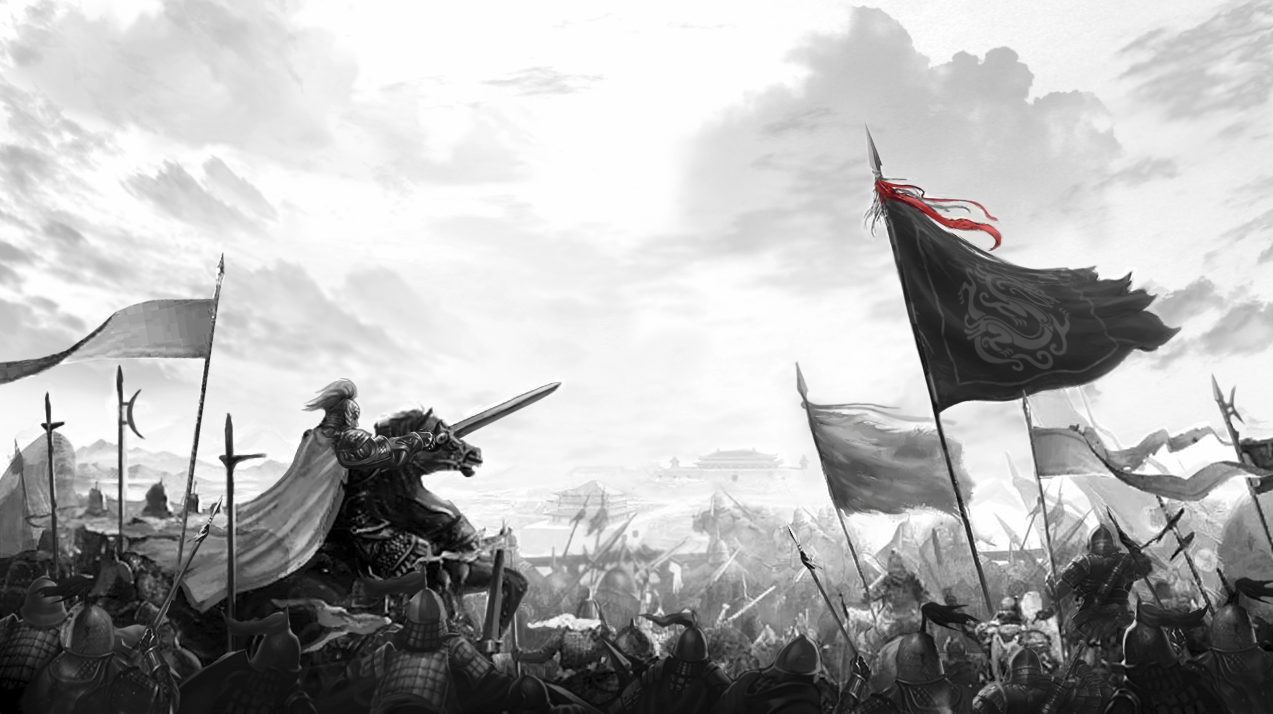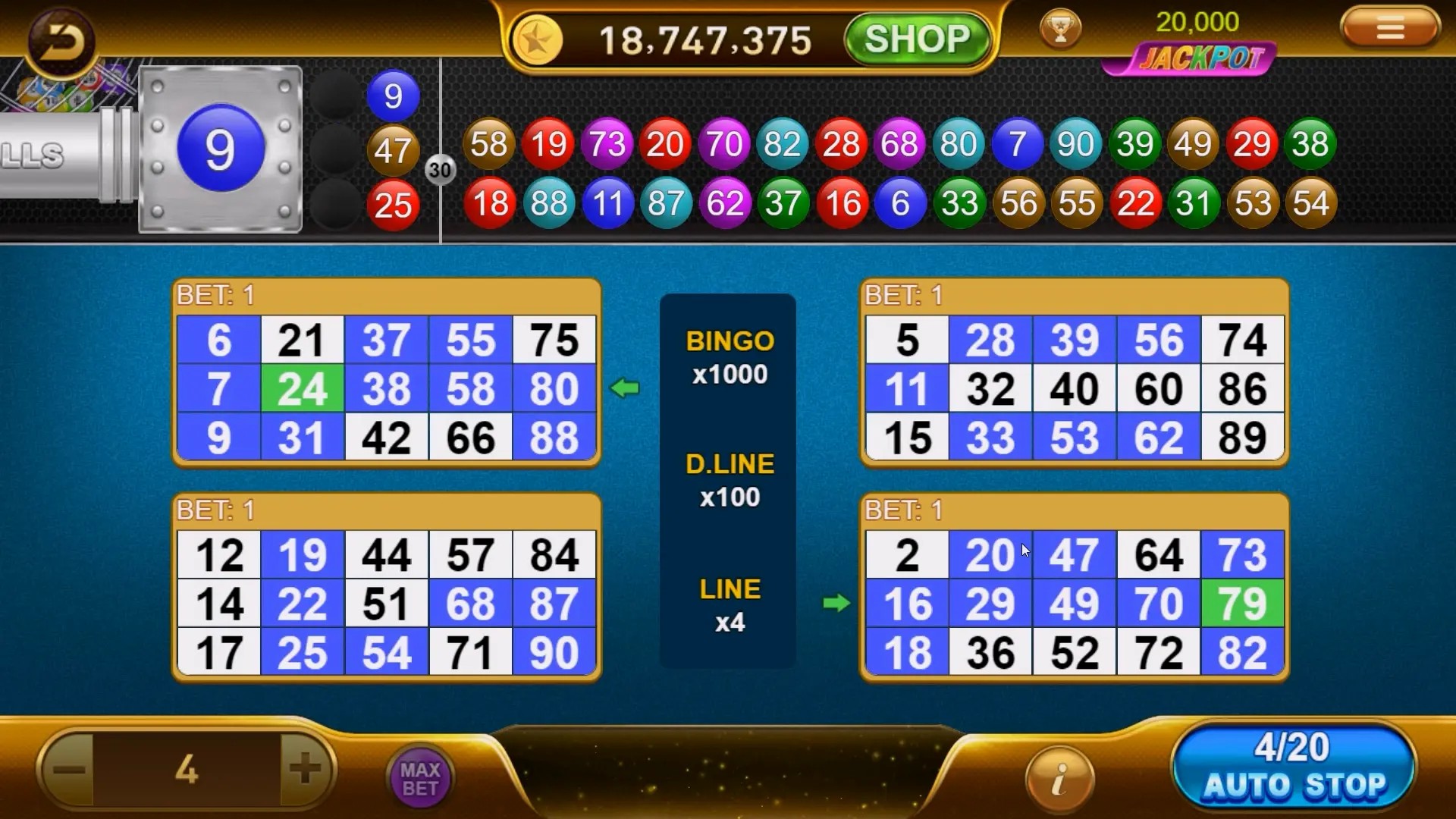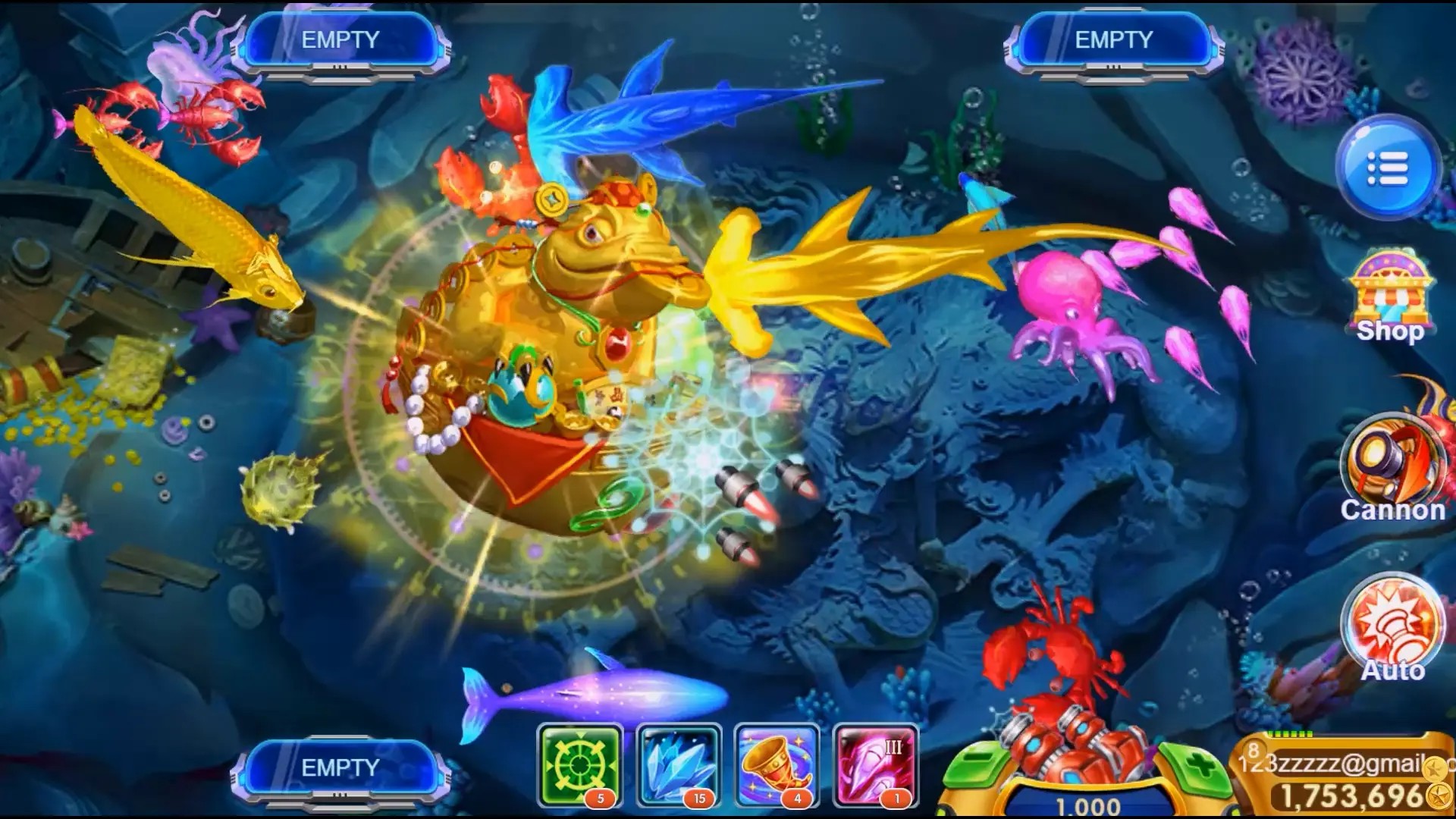Exploring Innovation in Urban Development Games
City planning games have come a long way from their monotonous and rigid predecessors. The top creative games now offer engaging simulations where players shape metropolises while learning about infrastructure, resource allocation, and urban aesthetics.
Gone are the days of blocky pixel cities and repetitive tasks—now gamers immerse themselves in vibrant worlds, crafting complex societies, managing logistics, and balancing sustainability against economic growth.
What Makes Creative Building Titles Unique?
A key distinction lies in the flexibility they provide—not only to build, but also experiment. Whether shaping futuristic smart-cities or redefining historical settlements, each game brings new mechanics that keep experiences fresh and intellectually stimulating.
The evolution of city building titles is fascinating—from turn-based layouts to real-time management challenges, developers are integrating narrative layers, social dynamics, and economic strategy to elevate gameplay well beyond basic simulation.
| Type | Main Focus | Innovation Factor |
|---|---|---|
| Sand Box Mode | Creative Freedom & Customization | High (players dictate rules) |
| Simulative Strategy | Economic Management, Infrastructure Planning | Moderate (real-world logic applies) |
| Narrative-Driven Builders | Plot progression & Scenario fulfillment | High (decision-driven stories evolve dynamically) |
| RPG Integration Models | Character engagement alongside city growth | Mixed (some models lack coherence, but evolving) |
Trend #1 – Sandbox Creativity Boosters for iOS Users
If you're searching foriOS best story games, there's a new generation where construction blends with storytelling.
- Possibility Engine allows limitless exploration and scenario creation
- District zoning tools encourage artistic flair in public space arrangement
Simplfied budgeting optionsDynamic fiscal indicators teach real-life urban economics intuitively- Real-world inspiration in landmark design makes gameplay both fun and educational
- Social integration platforms enhance player collaboration
How RPG Elements Reshape Digital Cityscapes
An emerging trend amongupcoming RPG game projects combines quest development with regional planning. Some examples include: characters who bring back blueprints as loot, districts unlocking through narrative decisions, and factions vying for influence that reshape architectural direction. In essence—it's more than a map builder, but a civilization builder intertwined with epic tales.
Blended Genre Breakdown Table
| Game Title | Mix Elements With… | Notable Features | Platform |
|---|---|---|---|
| Roguelike Cities | Survival + Randomization | Permadeath mode affects expansion possibilities | iOS, PC |
| Fantasy Architect Wars | Mage Guild Politics + War Tactics | Variants include undead zones, magic markets, elemental districts | Console, Mobile |
| RPG Builder Chronicles | Party Mechanics + Trade Simulation | Hire adventurers who collect materials needed to unlock structures | Steam Only, iOS soon™ |
Mobile Marvels – Storytelling Meets Simulation
The latestiOS story-centric city games weave personal struggles into municipal design narratives:
You could become the reluctant mayor navigating political pressures in Neo-Eclipse Valley, rebuild civilization as Earth’s last urbanist post-climate collapse, or guide a family across decades shaping generations through housing reforms.
- Natural Progression Arcs: From humble shelters to cultural centers reflecting community growth
- Branching Narrative Trees: Decisions in governance ripple through character interactions later on
- Moral Ambiguity Choices: Would you displace old communities for a clean energy plant? Game lets dilemmas play out
Emerging Indie Creators Redefine Boundaries
Small studios take risks that big publishers won't. Expect titles like Pixel Revoluzione where revolutions overthrow your corrupt government mid-megapolis expansion, or Nomad Nexus which uses AI-generated biomes adapting as player constructs change.
- Mod-support encouraged by developers, giving users control beyond default content
StaticEvolving weather effects that degrade neglected parts of town—requiring proactive urban care- Some games incorporate procedural dialogue engines reacting to city changes
- Accessibility focus ensures colorblind-friendly maps
Cultural Impact Through Interactive Civic Design
The strongest city-building titles now go beyond pure recreation—they teach empathy, systems-thinking, compromise between innovation and practical need. As we increasingly see in Venezuela—and developing regions globally—the skills honed gaming can subtly transfer to local initiatives improving slum areas, emergency infrastructure responses, youth-led environmental programs using sandbox modeling.
| Feature Type | Venezuela Local Applicability |
|---|---|
| Digital Zoning Tools | Young architects prototype neighborhood regeneration projects based on simulation experience |
| Population Dynamics | Learners visualize migration effects before proposing policy changes |
Tech-Smart Construction Experiences
Several upcoming mobiletilesiOS city buildersintegrate AI co-planners suggesting optimizations in transport routes automatically or analyzing pollution trends in underdeveloped sectors. It's not cheating—it's teaching analytical habits embedded naturally within interface cues.
Others introducenear-field communicationsolution layers—scan an office block you pass in daily life and instantly compare digital vs actual energy metrics!
- Machine Learning assisted layout suggestion systems
- Cloud sync across devices ensuring consistent civic projects continue from any tablet / phone
- User Interface Adaptation-auto switches accessibility views if visually impaired setting activated on mobile
- Data visualization dashboards showing water consumption vs green space allocation ratios per district area
Risk of Over-Automation: When Do We Let the Computer Decide?
We cannot dismiss critiques that some titles over-simplify problems, making real world applications tricky at times. However most experts acknowledge the genre has potential—if developers maintain realism balanced with abstraction—to inspire the next generation of planners, policymakers, educators.
While automation improves UX, it also must remain secondary—letting human judgment shape outcomes even if algorithms may technically optimize them. That tension will likely dominate discussions for next year’s release slate.
- Dilemma of auto-updating roads when user preferred irregular paths
- Balancing ecological suggestions with aesthetic choices
- To allow instant solutions, or present multiple trade-offs?
The Future of City Building Entertainment in Latin America
Ventures targeting Spanish speakers, like Barrios Futuro, show promising local flavor—designing Afro-Latin inspired plazas or incorporating indigenous territorial mapping concepts. There seems a genuine intent here to move away from Americanized suburbia tropes often repeated globally.

- Gran Simu Latino — full country scale simulation
- JuntosCiudad Project — co-created game focusing cooperative planning
- EcoBuenosRetro — vintage-styled but modern eco-city builder merging past aesthetics with sustainable tech
What To Watch Out For in the Next Season?
Look forward to increased VR integrations—even though still somewhat awkwardly applied at this early stage, headset compatibility adds new depth perception angles to city elevation editing. Another intriguing trend is live world-sharing—think Minecraft server-style collaboration sessions allowing teams to shape evolving persistent megacities together during weekly online windows!
Beyond Single Player Cities — Community Co-ops & Crowdsourced Designs
Inspired by multiplayer base-building titles like Minecraft, certain titles facilitate collective decision-making frameworks:
- Democracy layer allowing voting between alternative road plans proposed by different group participants
- Cultural consensus guidelines adjusting allowable building heights according to communal values
- Creative economy features: let skilled artists within groups contribute signature parks or murals
- Funding models permitting microdonations to sponsor in-game monuments dedicated outside fictional context
Conclusion: Reclaiming Play Time to Imagine Better Societies
City building games today represent much more than leisure time consumption—they’re experimental labs for future thinkers everywhere. Players test solutions, question norms, challenge assumptions without high-stakes costs found IRL. Especially powerful are opportunities available now locally to users from Caracas to Valencia seeking inspiration amidst everyday difficulties—we hope many more leverage virtual creativity tools to prototype positive changes both digitally and, someday soon, physically around us.



